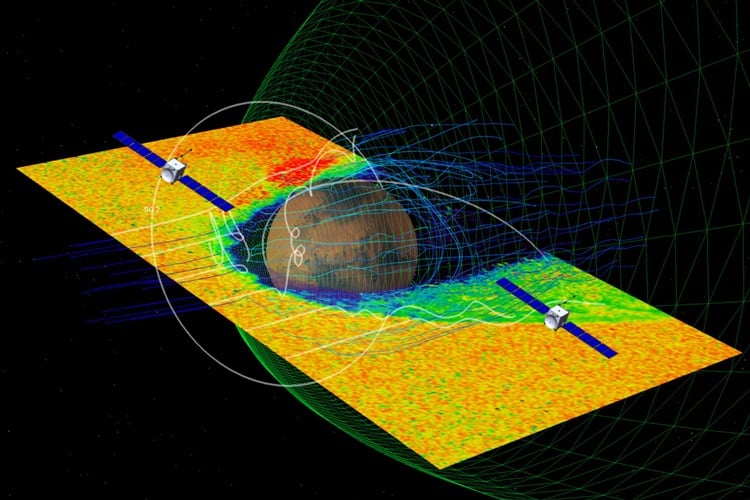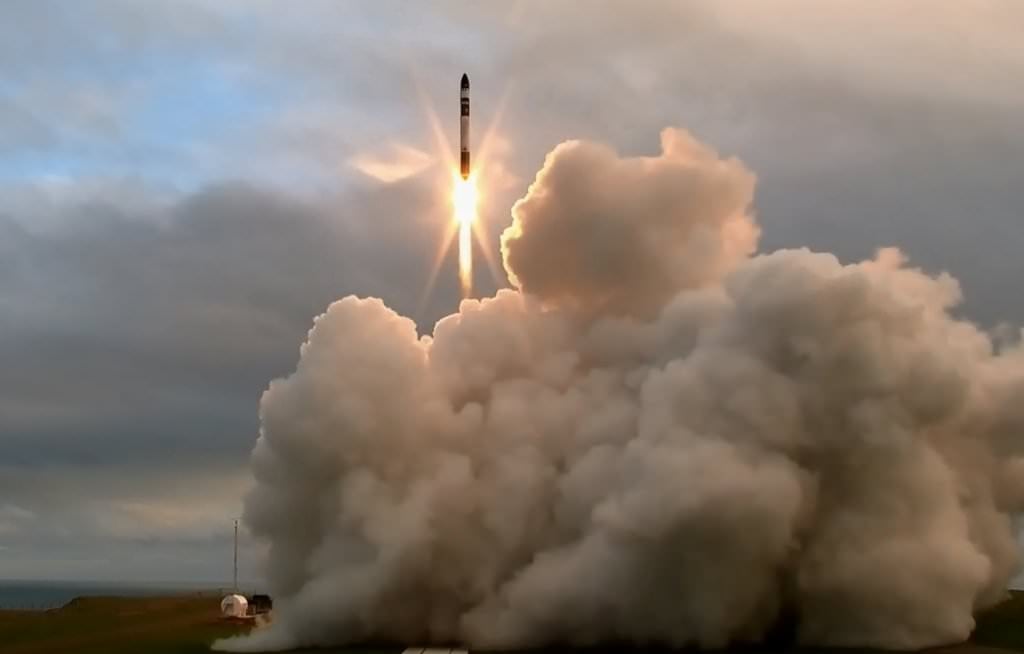One of the biggest ongoing changes in space exploration is the introduction of commercial methods into the field. Commercial launch providers like RocketLab and SpaceX have fundamentally changed the way the industry does business. Now researchers are taking their " move fast and break things " approach to another part of the industry - actual mission design.
One of a trio of missions that will attempt to lower a mission's cost to launch by a factor of 10 is led by researchers at UC Berkeley. Known as the Escape and Plasma Acceleration and Dynamics Explorers (ESCAPADE), the mission will consist of twin satellites, known as "Blue" and "Gold" after UC Berkeley's colors. Their primary mission will be to monitor Mars, watching for its atmosphere and how the planet is affected by the solar wind. One of the most intriguing things about the project is that it should cost only around $80 million from start to data collection in Mars orbit.
Various factors enable such a dramatic price drop from the $800 million that such a mission would typically cost using traditional satellite development methods. One large cost savings is high-risk tolerance. Dr. Robert Lillis, an associate director at UC Berkeley's Space Sciences Laboratory, puts it plaintively: "Instead of spending $800 million for a 95% chance of success, can we spend $80 million for an 80% chance?"
Such risk tolerance has been rare in the space industry in the past. Still, it has slowly grown in acceptance as SpaceX and its competitors literally blow through rocket prototypes regularly. One of those competitors is RocketLab, which has begun collaborating with the ESCAPADE team to help develop the program further.
All this different thinking has already caused some problems in the development of ESCAPADE, even to this point. The Small Innovative Missions for Planetary Exploration (SIMPLEx) program at NASA funded previous work on the project. It had already received $8.3 million in funding to kickstart preliminary development. However, its original launch partner (Psyche) got moved to a different launch vehicle, leaving no space for ESCAPADE.
That's where RocketLab stepped in. Its Photon launch platform can send the satellites into a different orbit than originally intended, but it is still the right kind of orbit to complete its mission objectives. The missions instruments had to be redesigned to fit the new launch vehicle as well, though they still perform the same general functions.
UT video on Mars' atmosphere.There's still some time to go before the final designs need to be completed, though. Currently, the plan is to launch Blue and Gold on a Photon in 2024, with data coming back from the satellites beginning in 2026. That's still a much longer time than the rapid prototype development cycles in Silicon Valley or Shenzhen, but it also takes into account just how massive the solar system truly is.
Learn More:
UC Berkeley - ‘Blue’ and ‘Gold’ satellites headed to Mars in 2024
NASA - NASA’s ESCAPADE Mission – Twin Martian Orbiters – Moves Toward Launch
RocketLab - Rocket Lab Spacecraft Confirmed for Mars as NASA Greenlights ESCAPADE Small Satellite Interplanetary Mission
DailyCal.com - NASA approves key funding for UC Berkeley satellite mission to Mars
Lead Image:
Artist depiction of the ESCAPADE satellites.
Credit - Rocket Lab
 Universe Today
Universe Today


